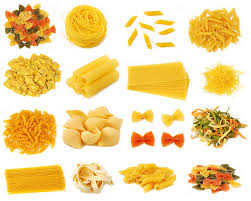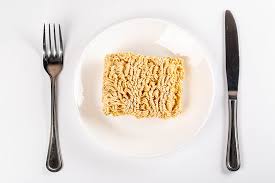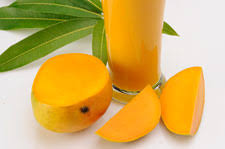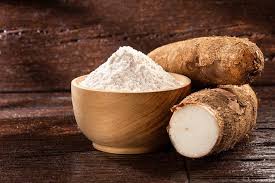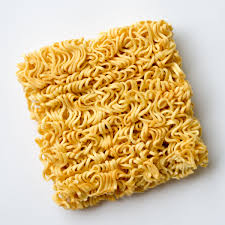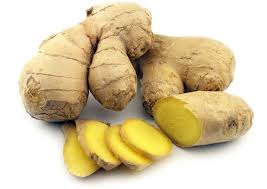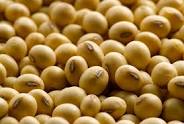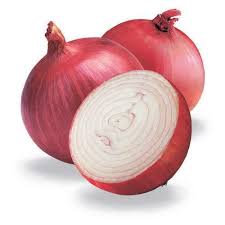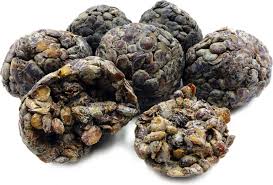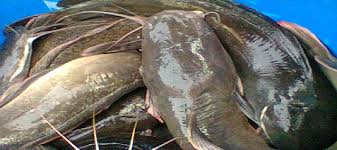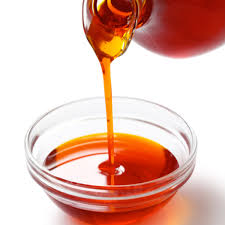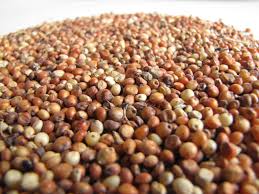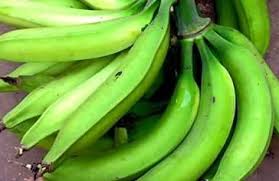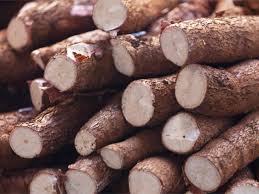Pasta Production Business in Nigeria; The Feasibility Report
Pasta manufacturing in Nigeria has evolved over the years, emerging as a significant sector in the country’s food processing industry. While pasta was initially introduced to Nigeria through European influence in the mid-20th century, local production began in the 1970s with the aim of reducing reliance on imports. Today, pasta has become a staple food, […]
Instant Noodles Production in Nigeria; The Feasibility Report
In the fast-paced world we live in today, convenience often takes precedence over tradition in our daily lives. One culinary innovation that epitomizes this convenience is the ubiquitous instant noodle. Instant noodles have evolved from humble beginnings into a global phenomenon, revolutionizing the way people eat and perceive food. The story of instant noodles begins […]
Mango Juice Production in Nigeria; The Feasibility Report.
Fresh fruit juice is one of the chief sources of vitamin C (Ascorbic acid), required for the proper functioning of body’s inter cellular materials. It prevents some diseases from occurring. Deficiency of vitamin C leads to scurvy (bleeding of teeth gums) and failure of the body to form corrective tissue fibres.
Cassava Flour Production In Nigeria, The Feasibility Report.
Cassava is the most important root crop in Nigeria. Apart from being a staple crop in both rural and urban households cassava is a major source of income to cassava farmers and processors in the rural areas.
Cassava alone contributes about 45% of agricultural GDP in Nigeria for food or domestic purposes but its industrial processing and utilization has been very limited.
Cassava Noodles Production in Nigeria; The Feasibility Report.
The main ingredients used in dried noodles are usually wheat flour, palm oil, and salt. Common ingredients in the flavoring powder are salt, monosodium glutamate, seasoning, and sugar.
Sachet Water (Pure Water) Production In Nigeria; The Feasibility Report.
Water is one of the most essential commodities for the survival of all lives. Sachet water is consumed on daily basis by all and sundry irrespective of age, social class or religion.
Crayfish Grinding And Packaging In Nigeria; The Feasibility Report
Nigerian agriculture is characterized by considerable regional and crop diversity. Analysis of this sector, particularly the food sub-sector, is fraught with serious data problems. However, the available statistics provide a broad overview of development in agriculture upon which we can make some broad generalizations about its role in economic development and structural change in Nigeria.
GINGER POWDER PRODUCTION, PACKAGING AND SALES (LOCAL AND EXPORT) IN NIGERIA,THE FEASIBILITY REPORT.
Ginger is well known in many human communities around the world. It is the underground rhizome of a perennial tropical crop called Ginger plant (Zingiberofficinale).
Originally, the plant is a native of South Eastern Asia but over centuries has been introduced to various parts of the world like the Caribbean, the Americas and Africa. Presently, the top growers of the crop includes Jamaica, Indonesia, Fiji etc
Egg Powder Production in Nigeria; The Feasibility Report.
Egg powder is produced from raw eggs by dehydrating or spray drying methods. Spray drying is a method to produce a dry powder egg by treating it with hot gas rapidly.
Mechanized Soya Bean Cultivation and Full Fat Soya Production; The Feasibility Report.
Soybean prior to oil extraction is referred to as Full Fat Soybean. Full Fat Soybean meal is an adequately heat processed whole soybean. It contains complete amount of oil and protein naturally present in soybeans. They valued as a good poultry feed ingredient owing to its high oil (18%) and protein (38%) content.
Full fat soybean meal is different from regular Soybean Meal in that it has a full fat complement. Full fat Soybean has not been solvent extracted and it is often used as an energy source or for general balancing of the formula.
Onion Paste / Powder Production in Nigeria; The Feasibility Report.
Onion powder is used chiefly as a constituent in various food products i.e. this is sold to manufacturing concerns as a industrial raw material, hotels, restaurants, caterers and domestic consumption. Onion powder has also good export market. Therefore, has a very good scope for new entrants.
Iru Production From Locust Beans; The Feasibility.
Fermented seeds (‘soumbala’, ‘dawadawa’, ‘netetu’) serve primarily as a condiment for seasoning sauces and soups.
Catfish Farming, Processing (Smoking) and Packaging in Nigeria; The Feasibility Report.
The capacity of the proposed farm is thirty-six thousand (36,000) juveniles per production cycle of about five- six months to reach 1.5 kg table size with mortality rate of two percent (2%). After smoking we expect the weight to be around one (1) kg or more. The farm would have two production cycle in a year. The production capacity of the kiln would be three hundred (300) kg per day and it would operate at 80% of the installed capacity.
Palm Oil Production in Nigeria; The Feasibility Report.
Palm oil forms an important part of the local diet in Nigeria because animal fats such as milk and butter are hardly consumed. It is used both as a cooking material and as an ingredient in soups, sauces and a variety of local dishes.
Sorghum Flour Production in Nigeria; The Feasibility Report.
Sorghum (Sorghum bicolor (L.) Moench) is a cultivated tropical cereal grass. It is generally, although not universally, considered to have first been domesticated in North Africa, possibly in the Nile or Ethiopian regions as recently as 1000 BC1. The cultivation of sorghum played a crucial role in the spread of the Bantu (black) group of people across sub-Saharan Africa.
Plantain Flour Production In Nigeria,The Feasibility Report.
Plantain flour apart from been used as a substitute for garri especially for diabetic patients , also serve as a raw material used in the production of cakes,puff-puff,biscuit ,bread and pan cakes.
Feasibility Report On The Export Of Raw Crayfish From Nigeria
The demand for African foodstuffs in Europe and America is rising due to increasing number of Africans, particularly Nigerians who sojourn to these countries for the proverbial greener pastures.
The return on investment on the export of raw crayfish is estimated between 10%- 15% per transaction.
Cassava Tapioca Production in Nigeria; The Feasibility Report.
Tapioca is the starch extracted from the cassava root. Tapioca is one of the purest forms of starch food and it has a neutral flavor and strong gelling power, making it highly useable as a thickening agent in both sweet and savory foods.
Ogi Powder Production in Nigeria; The Feasibility Report.
“Ogi” is a fermented product made from maize. Traditionally, it is obtained in wet form and serves as breakfast cereal for both children and adults. “Ogi” prepared by the traditional method has short shelf-life, and therefore, requires adequate processing to make it shelf-stable and of high quality.
Kunu Drink Production and Preservation in Nigeria; The Feasibility Report.
Kunu prepared by the traditional method has short shelf-life, and therefore, requires adequate preservation to make it shelf-stable and of high keeping quality.
There are various types of kunu and they are Kunun zaki, Kunun gyada, Kunun akamu, Kunun tsamiya, Kunun baule, Kunun jiko, Amshau and Kunun gayamba. Kunun zaki was the most commonly consumed.
- 1
- 2

